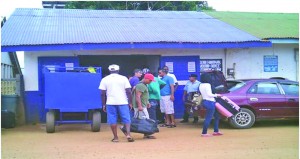By Carolyn Walcott –
If you speak only one language as a Guyanese who is aspiring to become a global citizen, just consider Guyana’s frontier neighbours. We are flanked by dutch-speaking Suriname to the east, Venezuela, our Spanish speaking neighbour to the west, and Brazil, whose native language is Portuguese, to the south.




